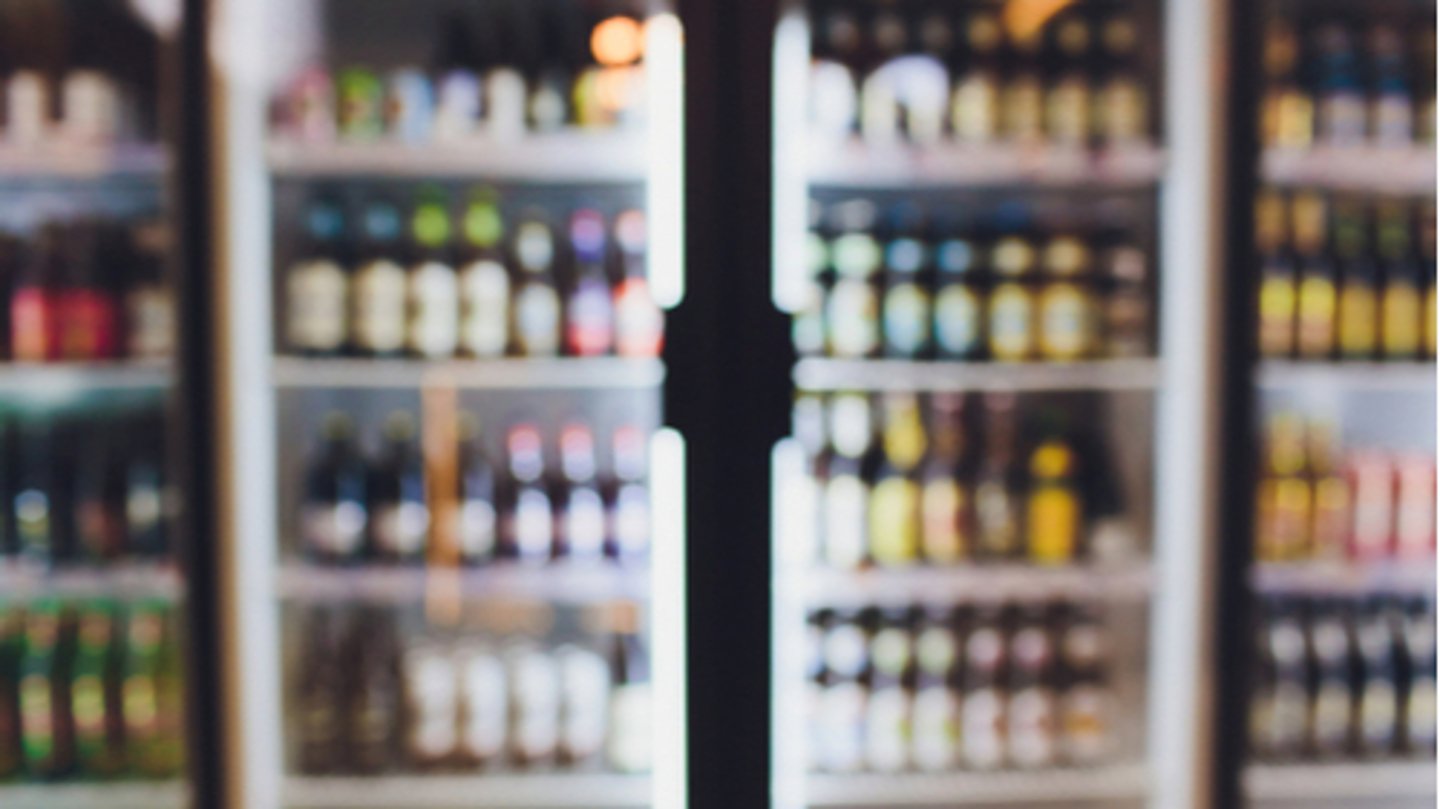A new year: new challenges and opportunities
What’s in store for 2024? That’s a burning question for Canada’s convenience industry.
While we wish we had a crystal ball that we could peer into for a peek at the next 11 months, the one thing that will continue to define 2024 is constant change.
CICC’s annual State of the Industry Report contains a wealth of information that provides both a look back and a look forward. While we have been challenged with fewer workers and a declining number of stores, the opportunity to sell new products and continually innovate, offers optimism for the future.
It also shows the critical connection between advocacy and the relative health of our channel. When governments acknowledge and work on meaningful solutions to help with business challenges, it has a positive ripple effect for our customers in every corner of our country.
Reduction in Stores
The last time Canada’s convenience channel added stores was in 2016. Since then, it’s been a 6-year downward trend.
Year over year, Canada’s convenience industry lost almost 5% of its stores in 2022 versus 2021. That translates into 3 stores closing their doors every day for good—a trend dating back to 2020.
Quebec saw the biggest decrease, losing 10% of stores in 12 months, while Newfoundland & Labrador’s store count shrunk by 9%. These stats aren’t surprising to us. Our depanneurs in Quebec were most impacted by the pandemic due to curfews. In Newfoundland, we know that contraband tobacco problem, at close to 50%, has had a huge impact on store closures.
We know it is getting harder for smaller independent stores to remain open. The numbers bear that out. Now, 60% of all c-stores are independent while 40% are corporate. In 2021, the ratio was 64% to 36%.
In per capita terms, Canada has one convenience store for every 1,748 residents, while Atlantic Canada has the most stores serving the fewest people. Newfoundland & Labrador tops the list with 1 store serving 602 residents, followed by Nova Scotia (824), PEI (970) and New Brunswick (1163). This isn’t surprising due to the vastness of provinces like Newfoundland.
Since 2016, Canada has lost 17.5% of stores which translates into an average of 792 per year or more than 15 stores closing their doors every week.
Fewer frontline workers
Employment in the industry hasn’t fared much better. In fact, it mirrors the national reduction in store closures since 2016—17.5%.
Newfoundland & Labrador saw the biggest decrease in employment at 9% in 2022, with New Brunswick recording a 7% reduction. Nova Scotia, Alberta and Ontario saw their in-store workforces shrink by 5%. Saskatchewan, Quebec and Manitoba had the least employee turnover, at 3%.
Again, the pandemic hit the c-store industry hard, with the majority (11%) of the (17.5%) employee reductions occurring between 2020 and 2022. Once again, Newfoundland & Labrador led the way with a 17% decrease. New Brunswick, Nova Scotia and Quebec followed suit, posting decreases between 12-13%.
Looking ahead
The data shows that our industry is weathering change as it grapples with the new retail reality post pandemic. Will these trends continue, or will the declines start to stabilize? Time will tell.
CICC will continue its focus on key advocacy issues that have a direct impact on c-stores ability to survive and thrive. These are: contraband tobacco, credit card fees and expanding the product mix with beverage alcohol. We will also continue to focus on the need for smart regulation and red tape reduction, as well as food and beverage and recycling regulations that impact the entire supply chain.
Contraband Tobacco
Tobacco is a $3.9 billion industry which accounts for 7% of total c-store sales and 45% of in-store sales.
Yet, according to our most recent State of the Industry Report, the largest in-store category in the convenience channel saw a drop of almost 10% in 2022 and 14% since 2021. For any retailer, that’s a huge hurdle to overcome.
This fall we released a report we did in conjunction with Ernst & Young Canada that calculated the market share of contraband tobacco to be as much as 50% in three hotspot provinces – BC, Ontario and NFLD & Labrador.
Those are astonishing numbers costing provincial as well as the federal government billions of dollars in lost tax revenue every year.
Provincial governments are increasingly listening as they see the linkages to public safety and organized crime. Just last week we had a very positive meeting with Minister Dale Nally who is responsible for the AGLC which includes the sale and regulation of alcohol and tobacco. The Minister is highly engaged. In Ontario, we continue to have meetings with Ministers and senior political staff and there is an acknowledgement that the status quo is untenable. In Atlantic Canada, we have plans to host a contraband Summit that will bring together government, law enforcement, retailers and other stakeholders to focus on jointly developing tangible solutions.
Credit Card Fees
One of the biggest issues impacting profit margins in 2024 will be credit card fees. Convenience stores collect a lot of taxes for governments—$25.6 billion annually. Since the pandemic and specifically over the past year due to economic conditions, Canadians are opting to use credit cards as their preferred method of payment.
As a result, it costs each c-store retailer an average of $30,000 each year to collect government taxes on credit card purchases. And that’s an out-of-pocket expense with no avenue for reimbursement.
CICC has been the chief advocate to the federal government on this issue and will continue to be a strong voice. Our solutions-based advocacy will focus on a tax credit or rebate for c-store retailers.
Cheers! Good News in Ontario and beyond
While there are challenges on the horizon, the good news is that CICC marked a major advocacy last December by getting the Ontario government to introduce beverage alcohol in the convenience channel no later than 2026.
There are still many details to be finalized and CICC is working with both the government as well as other stakeholders to ensure that our industry’s voice is not just heard but acted upon. We will work for you to get the best deal possible.
What does this mean for c-stores in the province? It will be a game changer for the industry. While we will have to wait and see how everything comes together, the sale of beer is the fastest-growing category in convenience for the last two years running and second overall largest in-store category with sales from just two provinces—Quebec and Newfoundland & Labrador.
And CICC is not just focusing on Ontario. We are working with the governments of Alberta and Nova Scotia on following Ontario’s lead. Let’s hope there’s a domino effect in 2024 that leads to the modernization of beverage alcohol retailing in those two provinces as well.
Canada’s convenience industry is weathering many challenges and seeing constant evolution, but I believe our collective future is bright.
Why?
History has proven we are resilient, agile and innovative. We can pivot and adapt. And we’ve adopted the mantra that business as usual is no longer an option.
While no one can predict with certainty what the future has in store for Canada’s convenience industry, the past few challenging years have made retailers stronger than ever. The one constant moving forward is what sets Canadian c-stores apart from the rest of the world—being part of the communities they serve, digging in the proverbial corners to overcome both the adversity and challenges they face.
To paraphrase CICC’s tagline, Canada’s convenience retailers are On Your Corner and digging In Your Corner, for you.













